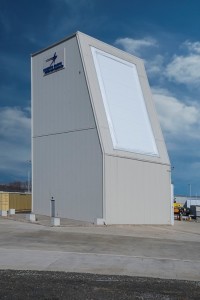
The U.S. Missile Defense Agency (MDA) and Japan are developing the capability for Japan to use the SPY-7 missile defense radar on an Aegis-capable ship after the country canceled plans to build two Aegis Ashore sites. The Missile Defense Agency (MDA) and U.S. Navy Aegis Technical Representative (TECHREP) witnessed a successful demonstration of the first Japanese variant of the Aegis software used with a Lockheed Martin [LMT] SPY-7 radar, MDA said on Feb. 25. The demonstration occurred on Jan. 27…

 By
By 











